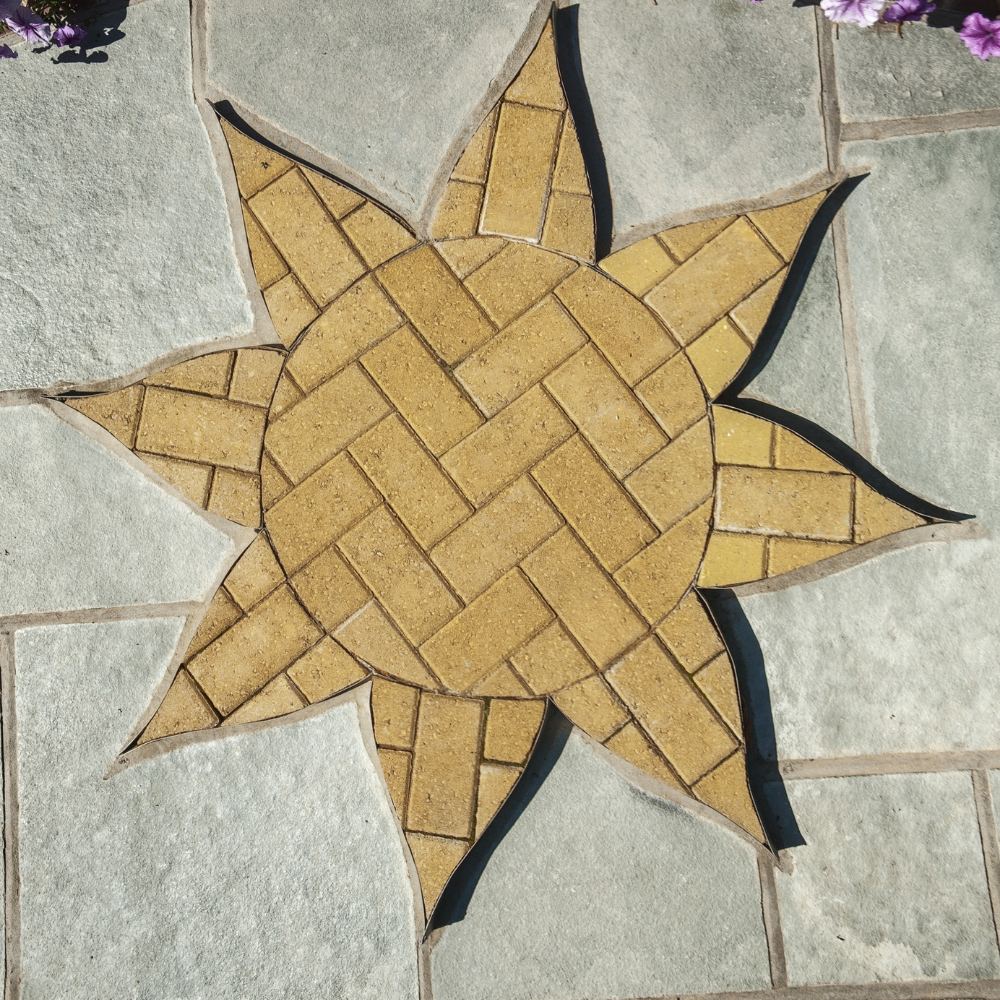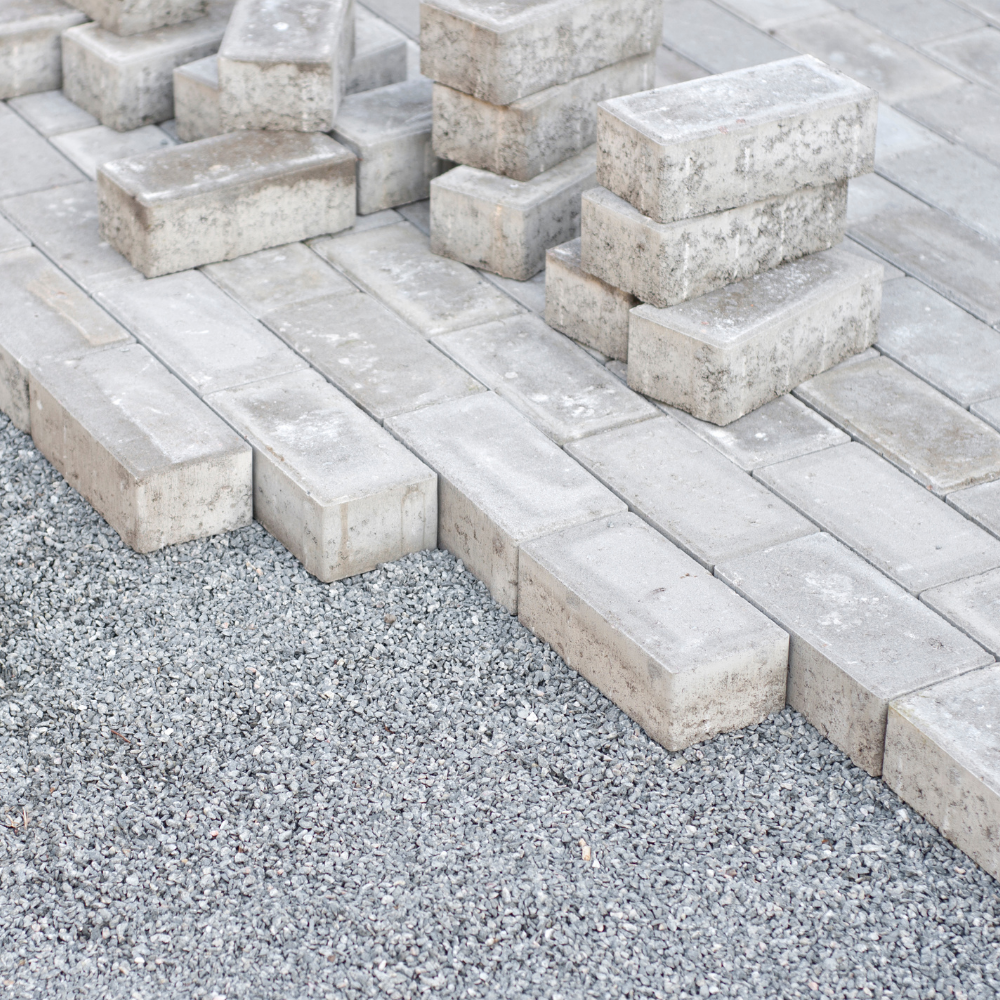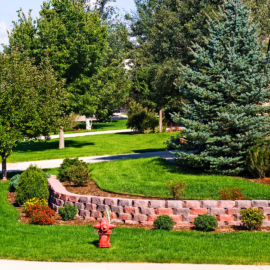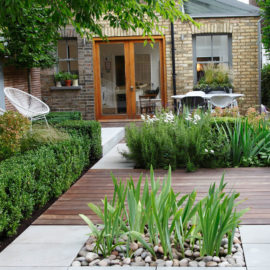What is Block Paving?
Block Paving is a commonly used decorative method for creating pavement or hard-standing. Why use it? The biggest benefit of using bricks over other materials is that individual blocks can be lifted and replaced when they get damaged. The bricks used for this are typically made up of concrete or clay. The concrete type blocks that are most commonly used are made from porous materials. Many are made up of recycled materials such as crushed glass and old building rubble.
Using blocks can achieve a whole plethora of laying patterns. One of the most popular is the herringbone pattern; as it offers the strongest bond due to its interlocking form.
Block Paving is suitable for pedestrian areas, driveways, or heavily trafficked areas such as container ports and aircraft hard-standing. Concrete block paving can be put into use immediately after laying and requires only minimal maintenance. Mechanical installation techniques allow large areas to be laid with a minimum of manpower, saving both time and energy.
Different types of Block Paving include:
Bespoke Natural Granite Stone Paving/Driveway -Granite paving makes for an elegant paving material and offers the widest colour choice of all types of paving stones
Brick and Block Paving – Block paving bricks are practical, durable and affordable, making them an ideal choice for your outdoor areas.
All Natural Stone Patios – Nothing beats the appearance and texture of natural stone and this is why it is still the most popular choice of material for outdoor patios, pathways, driveways and utility areas.
Resin– The basic premise is that a high quality resin is used to “glue” a decorative or coloured gravel or fine aggregate to a firm base (usually macadam or concrete ), or to bind together selected aggregates before laying over a base or sub-base .
Setts, cubes and cobbles – Often confused, setts and cubes and cobbles are all pieces of natural stone, never more than 300mm, but the format of each, and they way in which they are laid, can be radically different.
Which Type of Block Paving Is Best
It all depends on your project. When block paving originally came to the market as an alternative to tarmac, there was only a limited number of styles and colours available. Now there are over a thousand types of block paving available as the industry has evolved.
Here’s what you need to consider:
Style – There are literally hundreds of styles of block paving available from the range of manufacturers from all over the UK. From standard block paving to ethically sourced natural stone imported from India. Whether you’re looking for a modern, traditional or rustic finish the perfect choice for your project is out there.
Colour – Which colour is going to work best for your project? It would be prudent to give consideration to the immediate surroundings of the project in question. Including the style of your property, how much light penetrates the area and the usage of said area.
Pattern – There are several standard patterns often used for Block Paving including 45 and 90 degree traditional herringbone or something in the industry that is referred to as “stretcher bond” which is a pattern of alternating courses, much like the pattern you see in a simple brick wall. Another pattern you may be familiar with is the basket-weave, where the block paving is laid in 2 columns and 2 rows, consisting of 4 pairs of bricks, with two brick starting vertically followed by two bricks horizontally and so on.

What is Permeable Block Paving?
Concrete Block Permeable Paving (CBPP) differs from conventional block paving because it allows water to soak through the area, preventing water from pooling and flooding. This is laid on top of a sub-base which allows water to be stored and pass through whilst maintaining a functional driveway or walkthrough.
Getting Started
Contact us now to get the ball rolling on your paving project! J U Contractors operate throughout Kent, London, Surrey and further afield – make sure you’re following our Facebook and Instagram for regular service updates!



